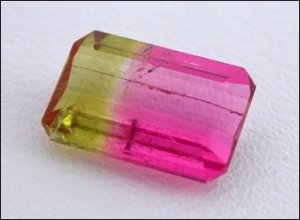iLander
Ideal_Rock
- Joined
- May 23, 2010
- Messages
- 6,731
So I was looking through Art Cut Gem's new stones (http://www.artcutgems.com/category.php?new=1&page=2) particularly the bi-colored tourmalines on page 2. This question kept occurring to me: How?
What exactly is going on inside the crystal to make it switch colors right in the middle of it's growth? Does it stop and start growing again? Or does it cool off then heat up again? Is there a puddle of various chemicals and half the crystal is poking out of the vat? Did nature somehow dip it into something (I know that doesn't even sound plausible, but I'm out of ideas!)?
I can't figure this out and it's making me crazy.
How rare are these bicolors, anyway? Why are so many of them red and green?

What exactly is going on inside the crystal to make it switch colors right in the middle of it's growth? Does it stop and start growing again? Or does it cool off then heat up again? Is there a puddle of various chemicals and half the crystal is poking out of the vat? Did nature somehow dip it into something (I know that doesn't even sound plausible, but I'm out of ideas!)?
I can't figure this out and it's making me crazy.
How rare are these bicolors, anyway? Why are so many of them red and green?








300x240.png)